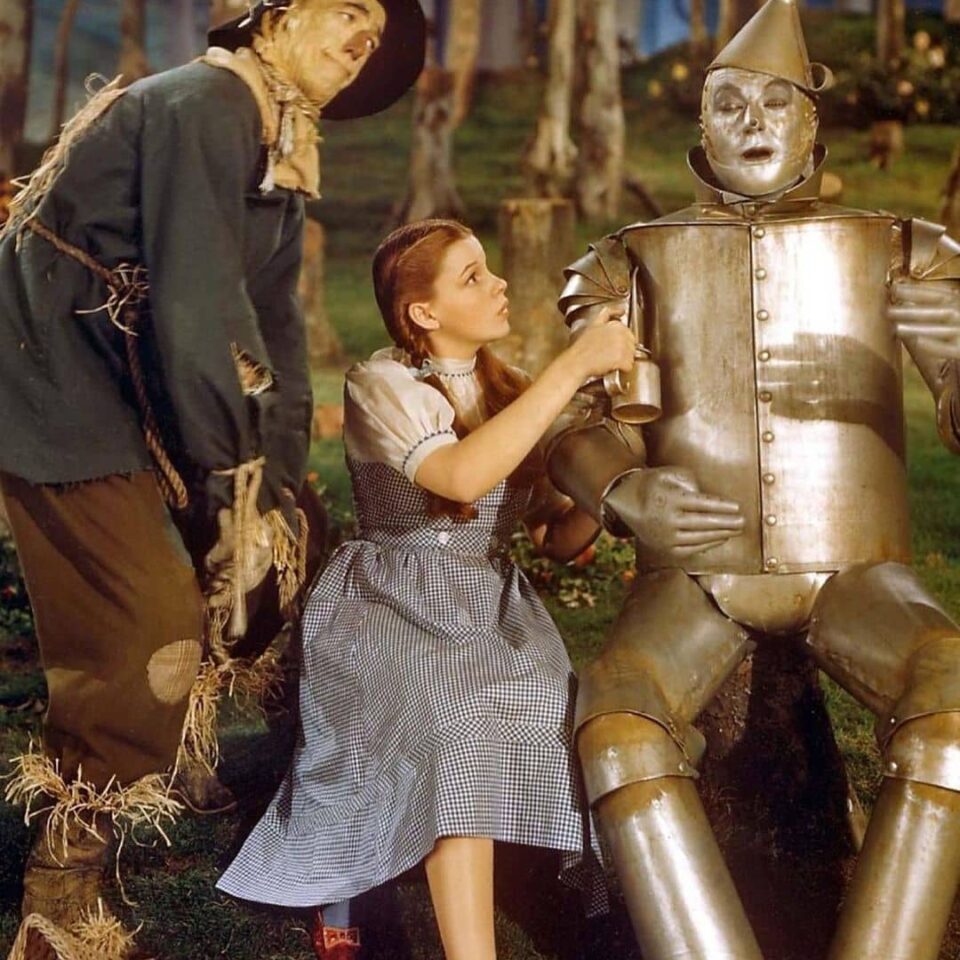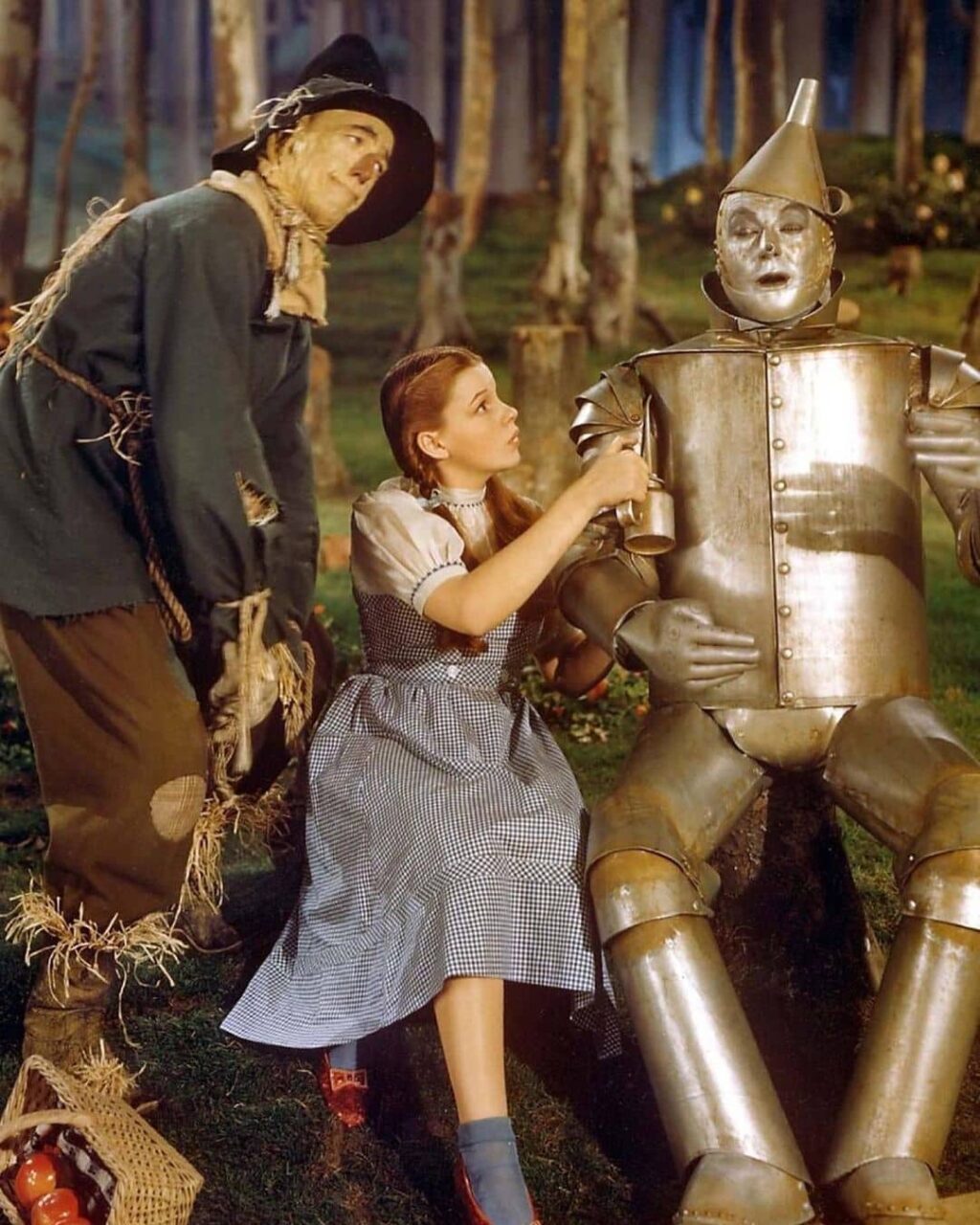Musicals are a part of the Hollywood landscape, many of which are considered classics and must-watch for any aspiring filmmaker. In spite of consistent industry growth, the genre seems to be at an all-time low. A brief look into the decision-making process made by the majors which lead to the sidelining of their star child.
Born out of Broadway shows and vaudeville theater, musicals have been a staple of cinema in Hollywood since the 1920s. Until the 1960s-70s, the musical was a leading genre, earning both popular and critical acclaim. Many from this era are regarded as classics such as The Wizard of Oz (1939), Singin’ in the Rain (1952), West Side Story (1961), The Sound of Music (1965), and even French masterpieces Les Parapluies de Cherbourg (1964), and Les Demoiselles de Rochefort (1967). The genre has since slowed down, though still carried by Walt Disney animated movies and some grittier, more grounded pictures such as 2003 Oscar winner Chicago.
Recently, Internet users have noticed a trend that trailers and promotional content for musicals did not explicitly mention that said films were even musicals. Movies from these past two years such as Joker: Folie à Deux, Emilia Perez, Mean Girls, Wonka and Wicked all contain musical elements but had some moviegoers confused and disappointed when they discovered the movie, they probably paid $20 to watch, was a musical. Why is a genre which once was the go-to family outing and held in high regard by moviegoers and critics alike literally being hidden by major movie studios? And why are they bothering to even produce these movies if they do not believe in their genre’s artistic value?
The talent
As mentioned earlier, the musical’s roots stem from Broadway shows, meaning that the actors starring in musicals had a background in both singing and dancing. They were formally trained to sing and perform a choreography in one take in the context of a stage play. This translated into some memorable and stunning performances by some of the greats like Judy Garland, Gene Kelly or Fred Astaire. As the years went by, the separation between Broadway actors and movie actors became more prominent, with the Hollywood stars prioritizing their acting skills rather than learning how to sing and dance. La La Land (2016) was lauded for many reasons, but director Damien Chazelle admitted himself that Gosling and Stone were chosen for their chemistry as a romantic duo rather than their singing and dancing abilities.
The cost
The musical is one of the most cost-heavy genres. Handling and maintaining a budget for multiple set pieces, a huge wardrobe and many extras who are expert dancers can often prove to be a real challenge. In fact, one of the reasons the ‘70s experienced a decline in musicals was because many of them resulted in financial flops and huge losses for the studios, thus leading to a fear that the genre was no longer a viable way to make money. Looking for other ways to make money, the majors turned towards other genres.
The competition
The ‘70s saw the rise of the blockbuster. Spielberg’s Jaws (1975) and Lucas’ Star Wars (1977) shook the Hollywood landscape. Some movies (and later franchises) would prove to be absolute cash cows for studios. Those movies could attract people of all ages and all backgrounds and thus bring in amounts of money never seen before in the cinema landscape. Unfortunately for musicals, they were not among the genres considered as bankable or “blockbuster-able”. The musical was, by then, seen as old-fashioned, the crowds preferring grittier, more realistic stories.
Today, the action and fantasy/superhero genres dominate the market. However, biopics are also proving to be extremely reliable ways to rake in cash. When people go to the movies or turn Netflix on to watch the story of their favorite musician, their thirst for on-screen music is quenched.
The target audience
By the time the ‘90s rolled around, the musical genre had been through a rough patch. But it would experience somewhat of a resurgence, as Walt Disney Studios produced some of the best animated movies of the decade in a musical format (The Little Mermaid, 1989, Aladdin, 1992, The Nightmare Before Christmas, 1993 – under child company Touchstone, The Lion King, 1994). This may have created an association between movies targeted towards children and the musical genre. In fact, the millennial generation undoubtedly associates Disney and musicals as this is what they grew up on. Trying to sell a musical to an entire generation that only considers the genre as something made for children feels pointless and honestly suicidal to any studio in the 21st century.
The writing
To produce a successful blockbuster, it must have a good script. Not excellent, not groundbreaking, just good will do. To produce a good musical, it should have a good script, about ten good songs AND one excellent song. There are fewer people capable of coming up with this many ideas, both narrative and musical as opposed to those trained solely to write stories. Similarly to finding stars capable of acting, singing and dancing, it is just more difficult to find people who will write a compelling musical.
Marketing
The major Hollywood studios are mainly in search of profit, not artistic perfection. Attempting to write and/or produce a movie designed to earn two to five times its production budget is a difficult endeavor. For the reasons above, making a musical is both more difficult and less well received by the public. As such, even when they have produced said musicals, studios have tended to shy away from showcasing any musical element in the promotional material surrounding their movies. A major culprit in this trend is Disney’s Frozen (2013) which was not marketed as a musical and ended up earning over $1 billion while also having amazingly successful songs. This is a huge double-edged sword: tricking your audience into going to a musical when many people have profound hate for the genre seems like a huge risk for a reward which is not actually that big.
Hollywood is also seeing an increasing amount of blockbusters inspired from previously existing intellectual property, whether it be books, video games, reboots, sequels, prequels and franchises. Musicals are suffering greatly from this trend, perhaps even more so than other genres. As they represent a higher risk than traditional big budget films, attaching IP (intellectual property) previously known to the public is a way to ensure a better return on investment and to reduce the chance of a movie flopping. Among the five films mentioned in the introduction, only Emilia Perez is a 100% original piece.
The Bottom line
The change in landscape since the 1970s has greatly affected the output of major Hollywood studios. Similarly to the musical, other genres such as comedy, romantic comedy and science fiction have also suffered a huge drop in releases. A combination of lack of ideas, the search for bankability, and less importance given to the search for artistic identity have all led to a funneling of ideas. The big releases are relying more and more on fantasy action genres, existing IP and big-name stars to carry the movie industry’s big players.
But like in the ‘90s, a resurgence of mid budget movies and auteur cinema may very well be on the way. With the rise and saturation of streaming platforms along with some recent major flops, studios may very well place more of their trust in a new generation of creatives, ready to revive some of the lost genres of past decades.
Colin Lhernould



